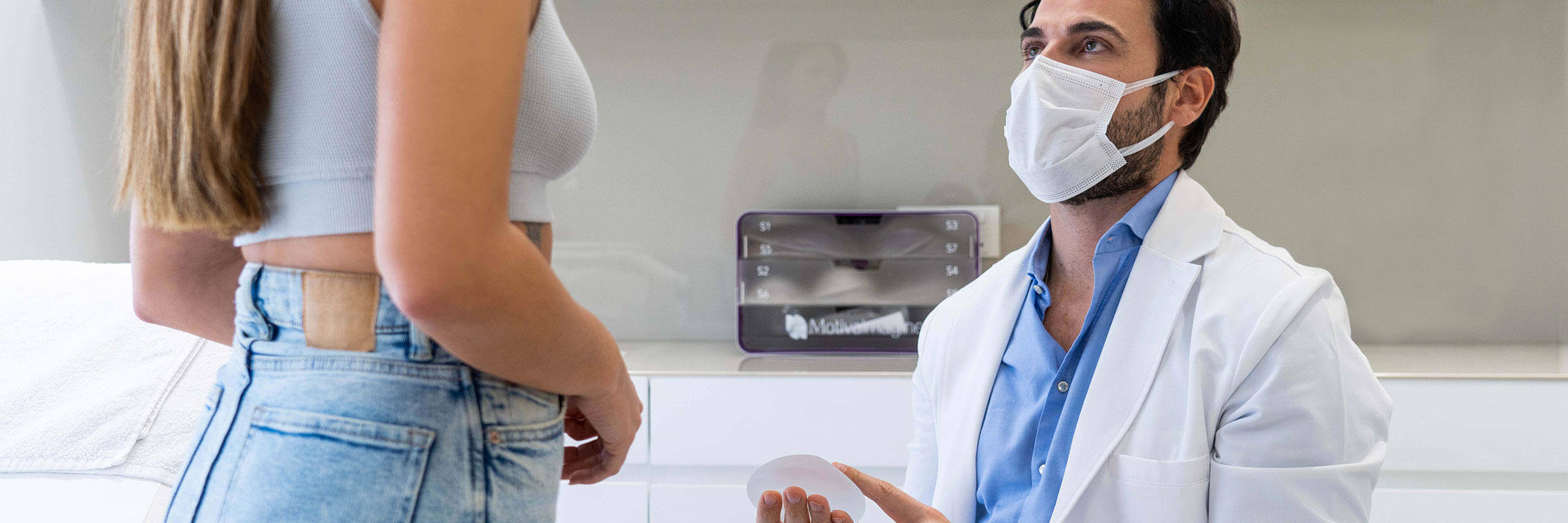BREAST AUGMENTATION
Breast augmentation or medically called augmentation mammoplasty is a surgery that involves increasing breast size. It is a process of placing breast implants under chest muscles or breast glandular.
Generally, breast augmentation surgery can help with:
- Uneven breast
- Breast that lack projection
- Very small breasts
- Breasts that don’t have the fullness
- Breasts that make poor cleavage
- Breasts that appear imbalanced
For many women, breast augmentation surgery brings a lot of benefits. Improved physical appearance and increased self-confidence are just some of them.
However, before deciding to undergo breast augmentation surgery it is important to understand what the surgery involves, what are the possible complications and risks and what is the after-surgery protocol. Therefore a thorough consultation about breast augmentation surgery with a plastic surgeon is absolutely necessary. Also, it is important to be realistic about what this surgery can do for the patients.







